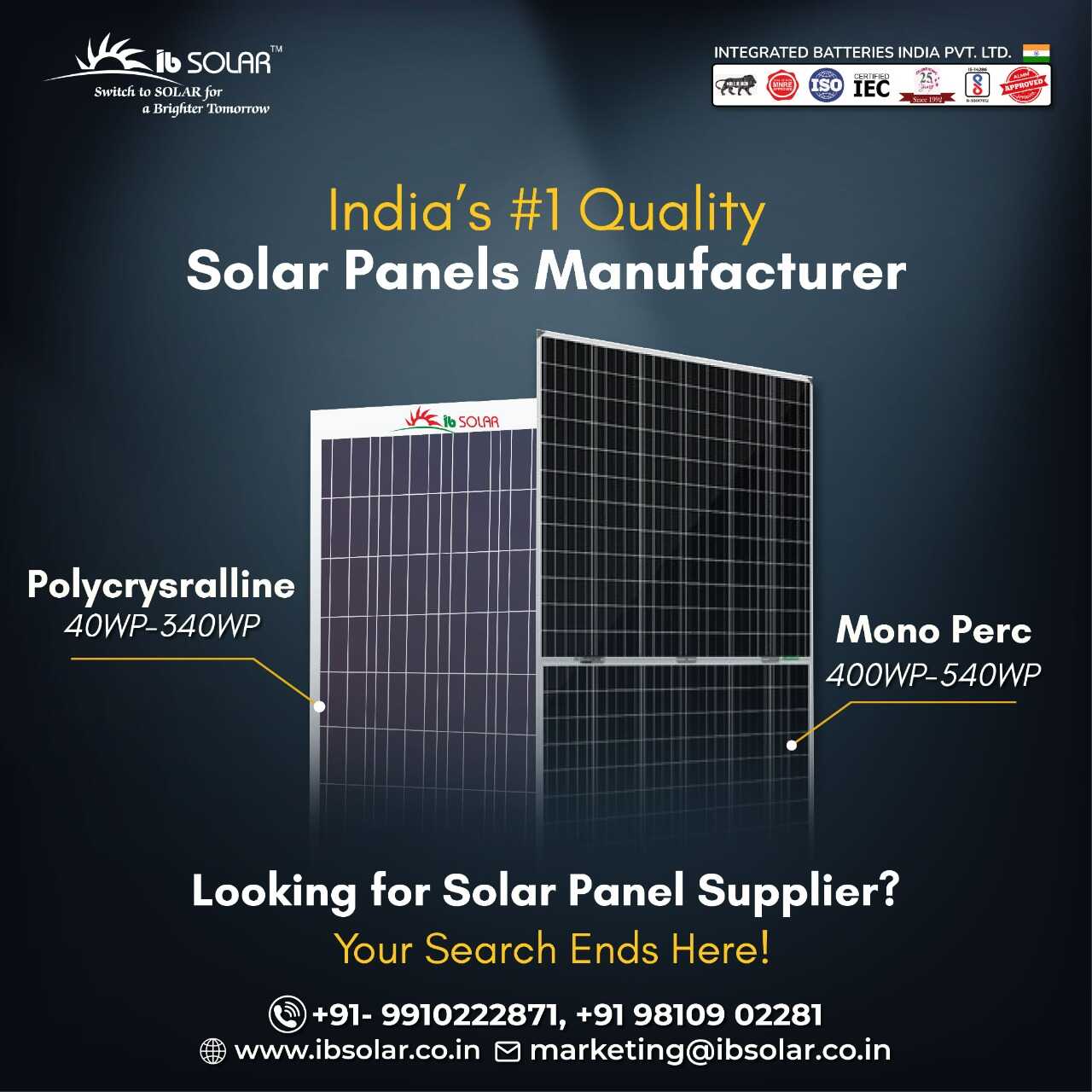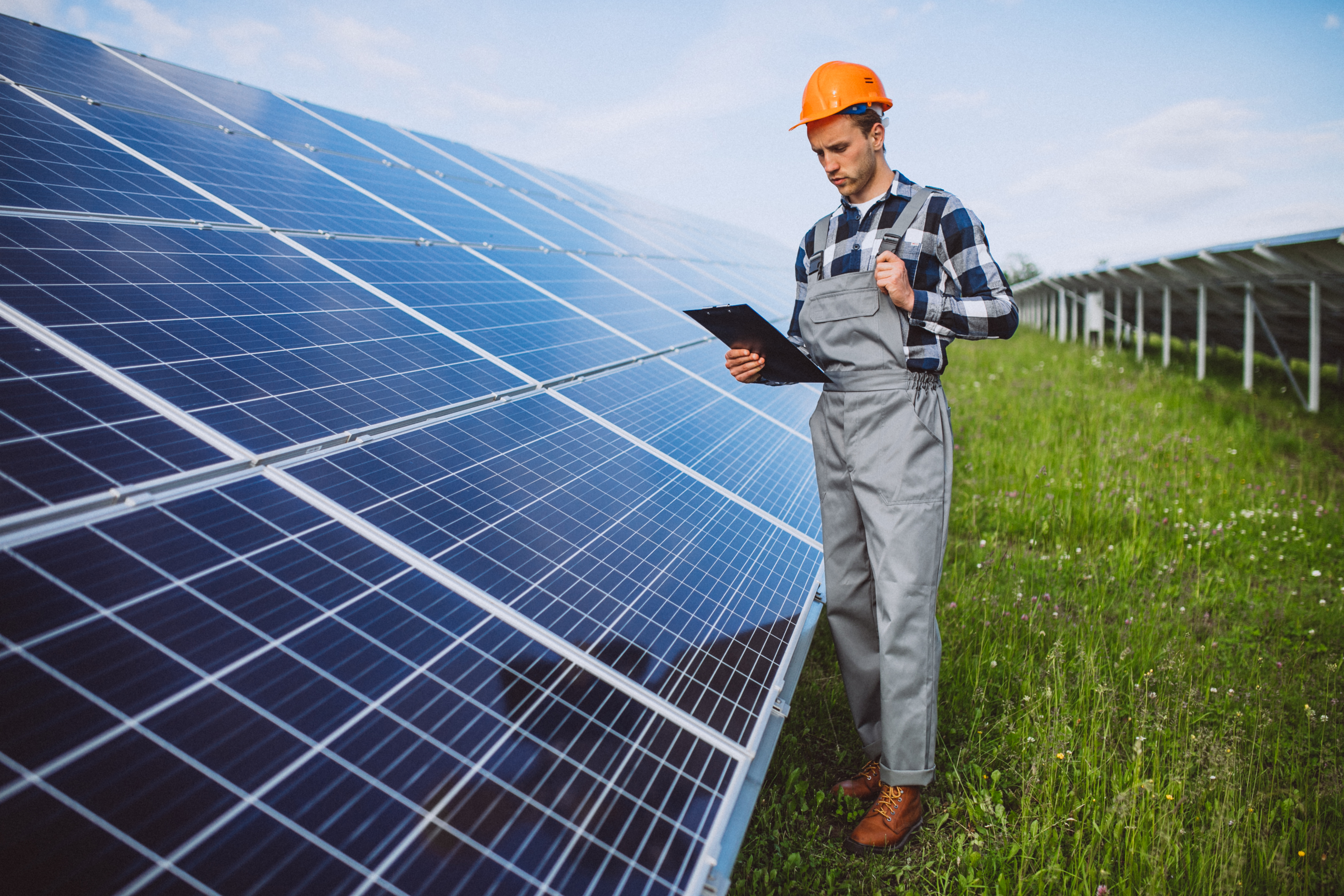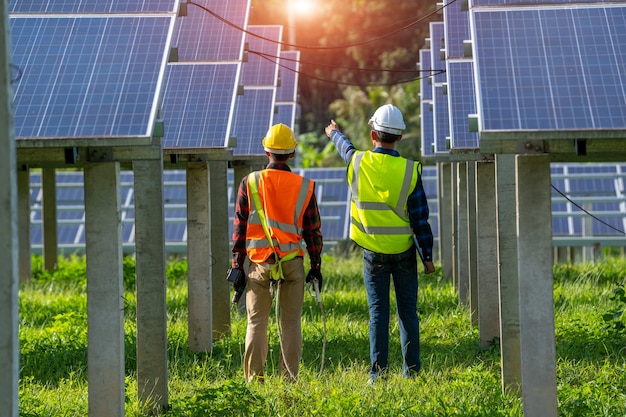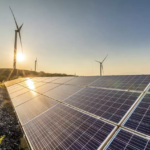
Several schools and universities are using solar energy around the world namely— Northwestern University, Drexel University, and the University of Arizona. A few Indian educational institutions implementing solar energy systems include the Indian Institute of Technology (IIT) in Bombay, IIT Delhi, and the Indian Institute of Science (IISc) in Bengaluru.
These infrastructures immensely benefit from solar energy. It significantly reduces utility cost and is self-reliant.
Here’s how every city school can benefit by going solar
Why should schools go Solar?
Massive Cost savings
Solar energy is known to benefit budget-constrained educational institutions in rural and urban schools. The systems installed reduce everyday cost and bids goodbye to long-hour power cuts.
Opportunities under the Sun
Solar energy can provide hands-on learning opportunities for students in science, technology, engineering, and maths (STEM) fields and can also be used as a tool for environmental education.
Reduce Carbon Footprint
Solar energy is a clean, renewable energy source that does not produce greenhouse gas emissions or other pollutants.
Community engagement
Schools can use solar energy to engage with their local community and promote the use of clean energy.
Public relations
Going solar can positively affect the school’s image and reputation, showing the community that the school is committed to environmental responsibility and cost savings.
How Can Schools Go Solar?
There are several ways a school can go solar:
Rooftop solar
Install solar panels on the school’s roof or nearby land. This can generate school electricity and save money on utility bills.
Ground-Mounted solar
This type of solar power system is often used for large-scale commercial or utility projects. It can be particularly beneficial for schools, as it allows for the installation of larger solar arrays to generate more electricity. Many governments offer incentives and rebates to encourage the use of solar energy leading to lesser costs significantly.
Integrated solar roof solution
In recent years, solar technology has advanced. Customers can now choose to build an integrated solar roof, in which the solar panels serve as the roofing material.
Which Solar Panels to Choose?
There are several types of solar panels, but the IB solar ones are:
Monocrystalline solar panels – These are made from a single, high-purity silicon crystal, and are known for their high efficiency and sleek, all-black appearance.
Monocrystalline solar panels have the highest efficiency rates, typically between 15-20%. Due to their higher efficiency, they can produce more power per square foot than other types of solar panels, making them ideal for smaller spaces or for meeting higher power needs. They are also durable and have a longer lifespan than other types of solar panels, making them a good investment in the long run.
Polycrystalline solar panels – These are made from multiple, lower-purity silicon crystals, and are slightly less efficient than monocrystalline panels but also less expensive. They have a distinctive blue colour. Polycrystalline solar panels have efficiency rates that typically range between 12-16%, lower than monocrystalline solar panels. However, they still have a reasonable efficiency rate and can be a good choice for larger systems or those with more space to install them. They tend to be less affected by high temperatures than monocrystalline solar panels, which can be advantageous in hot climates.
A rooftop solar system consists of many components— solar inverter, BOS and batteries:
Solar Inverter – A solar inverter, also known as a PV inverter, is a device that converts the direct current (DC) electricity generated by solar panels into alternating current (AC) electricity that can be used to power homes and offices. This conversion is necessary because most appliances and devices run on AC electricity, while solar panels produce DC electricity.
Lithium Battery – A lithium battery is a type of rechargeable battery that uses lithium as the primary component of the electrodes. Lithium is a highly reactive metal that can store a large amount of energy in a small space. These batteries have a high energy density, which means they can store a large amount of energy in a small space. They are also relatively lightweight and have a long life span, with some Lithium batteries lasting up to 20 years.
In conclusion, solar energy can bring a wide range of benefits to schools. From cost savings on energy bills to educational opportunities for students, the implementation of solar energy systems can have a positive impact on schools. Additionally, by reducing their reliance on fossil fuels and promoting sustainability, schools can serve as a model for their communities and lead the way in the transition to clean energy.
Overall, solar for schools is a win-win situation for both the institution and the environment.










Recent Comments